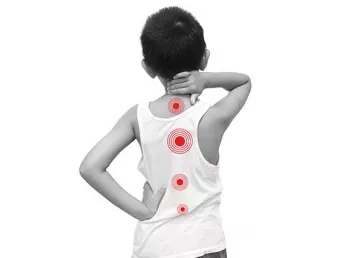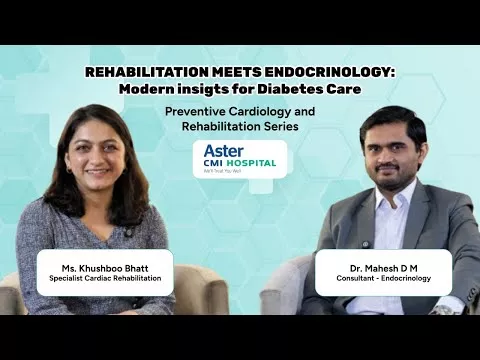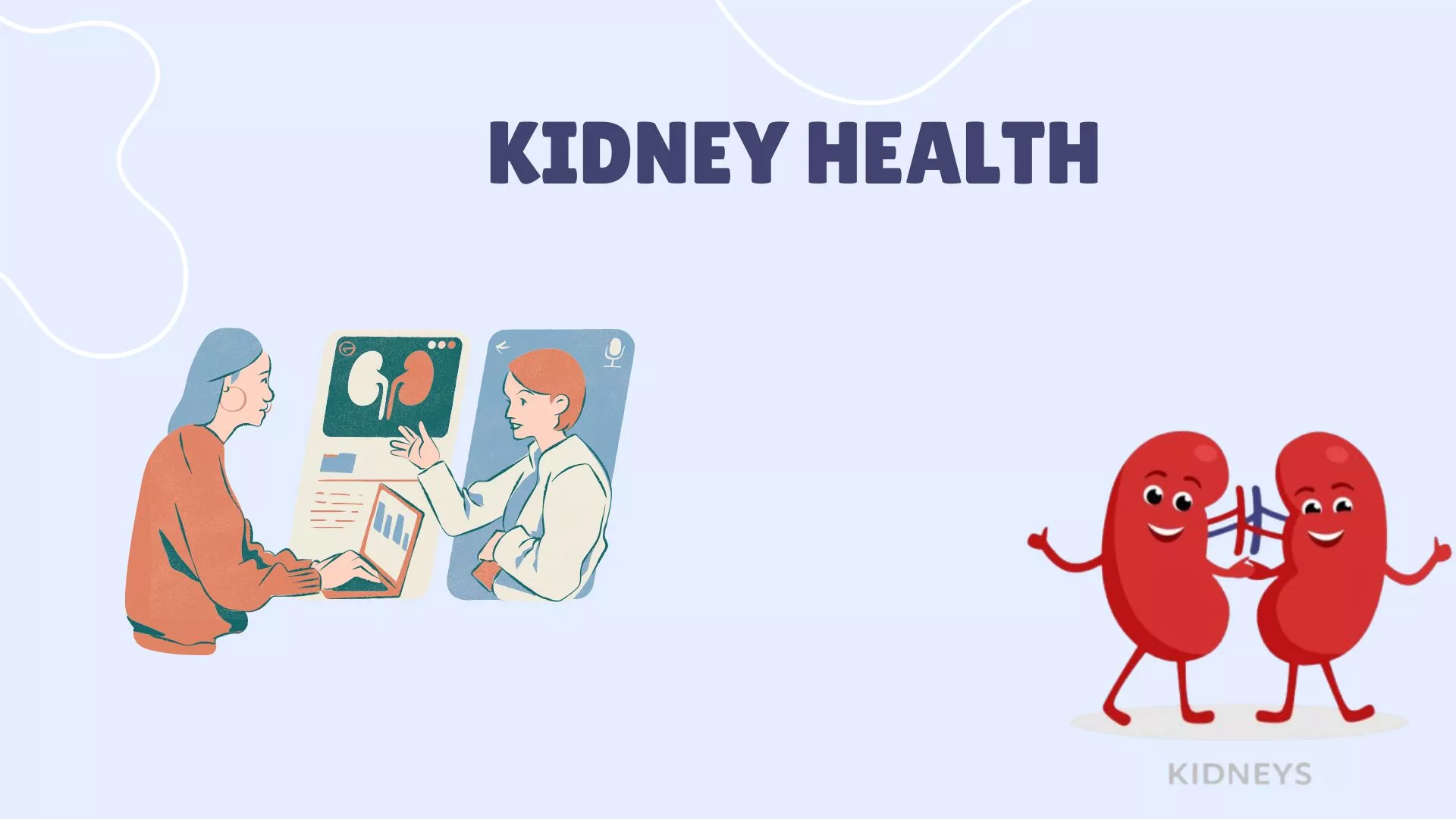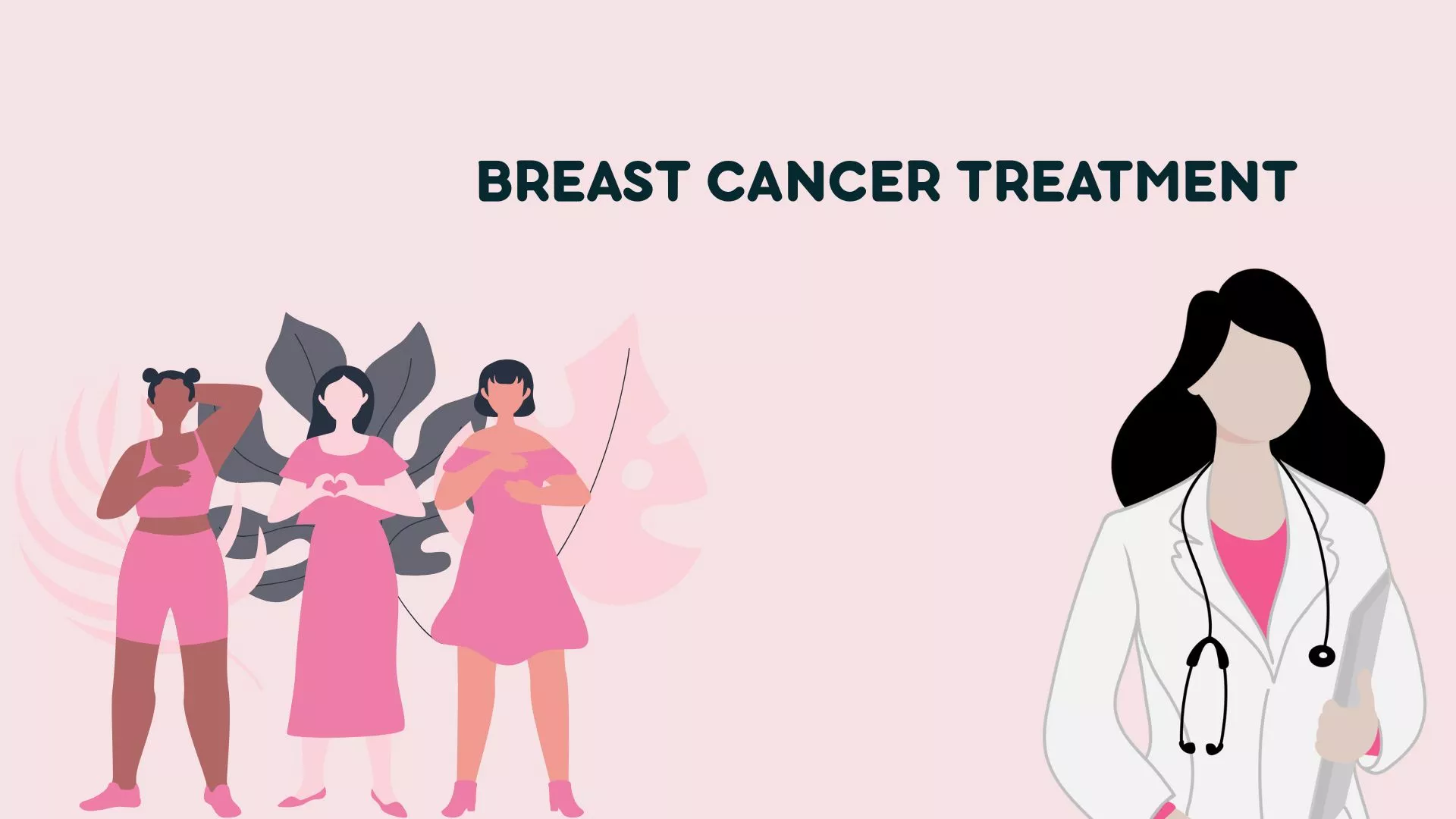Understanding Scoliosis
Scoliosis is a condition where the spine curves abnormally in an “S” or “C” shape. It affects approximately 3 out of every 100 people globally and can be congenital (present from birth), acquired, or age-related.
The severity of scoliosis varies greatly. While mild cases may not cause any issues, severe curves can lead to complications such as pain, disfigurement, breathing difficulties, heart problems, and joint damage.
Early detection and correction are crucial in managing scoliosis effectively. For children, especially, timely intervention—whether surgical or non-surgical—can yield life-changing outcomes.
Causes of Scoliosis
Scoliosis can affect both children and adults. In children, the most common type is Adolescent Idiopathic Scoliosis, where the exact cause is unknown. Known causes include:
- Congenital defects
- Spinal tumors
- Spinal injuries or infections
- Age-related spinal degeneration
- Hereditary conditions linked with other birth defects
Diagnosis and Evaluation
Scoliosis is often noticeable by an uneven spine shape, body symmetry, or gait. In children, early signs may go unnoticed until family members or teachers observe physical abnormalities.
Types by age:
Infantile Idiopathic Scoliosis: 0–3 years
Juvenile Idiopathic Scoliosis: 4–10 years
Adolescent Idiopathic Scoliosis: 11–18 years
Diagnosis involves a clinical evaluation of the spine and imaging tests like X-rays or MRIs to measure the curve’s severity using the Cobb Angle.
Treatment Options
Non-Surgical Management:
Mild curves (10–15°) may not require treatment, just periodic monitoring.
Moderate curves (20–40°) often require a back brace to prevent progression.
Modern braces are lighter and more comfortable than older designs.
Surgical Correction:
For severe curves (≥40–50°), surgery is often necessary to correct the deformity and prevent worsening.
Titanium implants (rods and screws) are used to stabilize and reshape the spine.
Advanced surgical techniques and technologies, such as spinal cord monitoring, ensure safety during procedures.
Recovery After Surgery
Patients can walk the day after surgery.
Discharge typically occurs within a week.
Children can return to school in about a month and resume normal activities within 3–6 months.
Bones fuse within a year, and the implants remain as they are safe and do not require removal.
A regular exercise regimen, nutritious diet, and periodic follow-ups are essential for long-term recovery.
Impact on Pregnancy
Scoliosis surgery does not hinder pregnancy or childbirth. In fact, untreated scoliosis poses higher risks for both mother and baby, making early correction vital.
Why Choose Aster Medcity?
At the Centre of Excellence in Neurosciences, Aster Medcity offers advanced treatment for spinal deformities like scoliosis. With cutting-edge technology and a dedicated team of specialists, we ensure the best outcomes for both children and adults.





